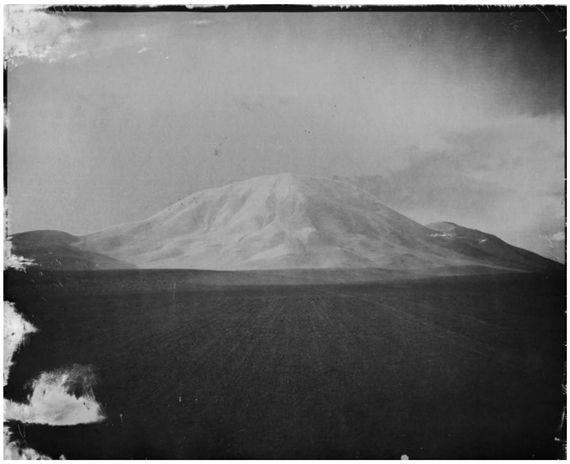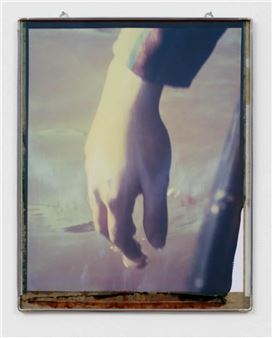Adam Jeppesen: Extraits de la plaine
Adam JeppesenвҖҷs works have a starting point in classic documentary photography. As an artist, he records and selects fragments from reality, crops them in a certain manner so that the selected motif acquires a particular meaning. Jeppesen works with photography and his pictures function as sharp, sensuous universes that are rich in detail and visualize the world as it looks.
There is no manipulation or artificial staging. Jeppesen takes the tangible world at face value, in the sense that his artistic motif вҖ“ reality вҖ“ already exists, and does not need to be recreated or staged. JeppesenвҖҷs world of motifs alternate between depictions of landscapes and interiors, with a focus on atmospheric and meaningful details that are all registered with appreciable patience and calm. Time seems to be suspended. He allows places to appear as themselves and the pictures are composed according to the aesthetic qualities that appear in the world вҖ“ places with their own characteristics and spirit.
Jeppesen has become known, over the past decade, for a body of work that is both meticulously edited and nakedly diaristic. The artistвҖҷs distinctive style, which crystallized in his first major monograph, Wake (Steidl, 2008), located a space in between documentary and dream.
Nostalgia remains important to Jeppesen, and many aesthetic decisions are still made by remembering, projecting and dreaming. The works emerging from his most recent travels, however, are primarily concerned with direct, immediate responses. This need for straight confirmation was borne of human necessity as the artist burrowed deeper than ever before into a dreamlike state.

Recommended for you
Adam JeppesenвҖҷs works have a starting point in classic documentary photography. As an artist, he records and selects fragments from reality, crops them in a certain manner so that the selected motif acquires a particular meaning. Jeppesen works with photography and his pictures function as sharp, sensuous universes that are rich in detail and visualize the world as it looks.
There is no manipulation or artificial staging. Jeppesen takes the tangible world at face value, in the sense that his artistic motif вҖ“ reality вҖ“ already exists, and does not need to be recreated or staged. JeppesenвҖҷs world of motifs alternate between depictions of landscapes and interiors, with a focus on atmospheric and meaningful details that are all registered with appreciable patience and calm. Time seems to be suspended. He allows places to appear as themselves and the pictures are composed according to the aesthetic qualities that appear in the world вҖ“ places with their own characteristics and spirit.
Jeppesen has become known, over the past decade, for a body of work that is both meticulously edited and nakedly diaristic. The artistвҖҷs distinctive style, which crystallized in his first major monograph, Wake (Steidl, 2008), located a space in between documentary and dream.
Nostalgia remains important to Jeppesen, and many aesthetic decisions are still made by remembering, projecting and dreaming. The works emerging from his most recent travels, however, are primarily concerned with direct, immediate responses. This need for straight confirmation was borne of human necessity as the artist burrowed deeper than ever before into a dreamlike state.

 ARTISTS
ARTISTS










